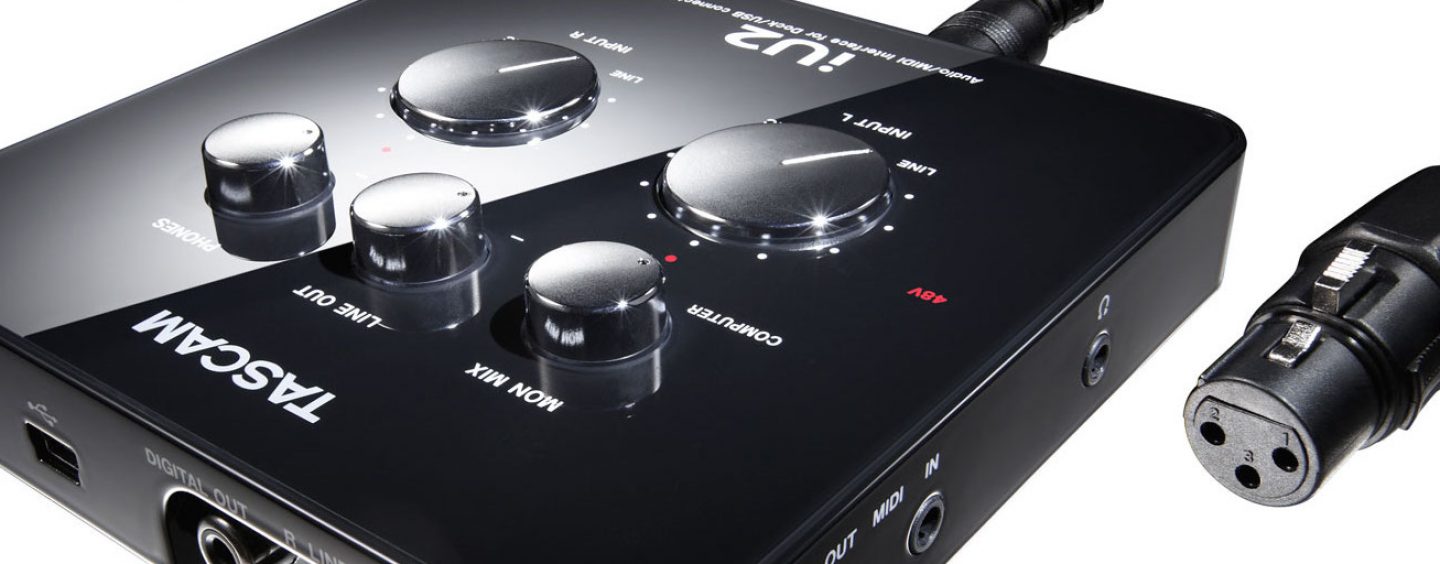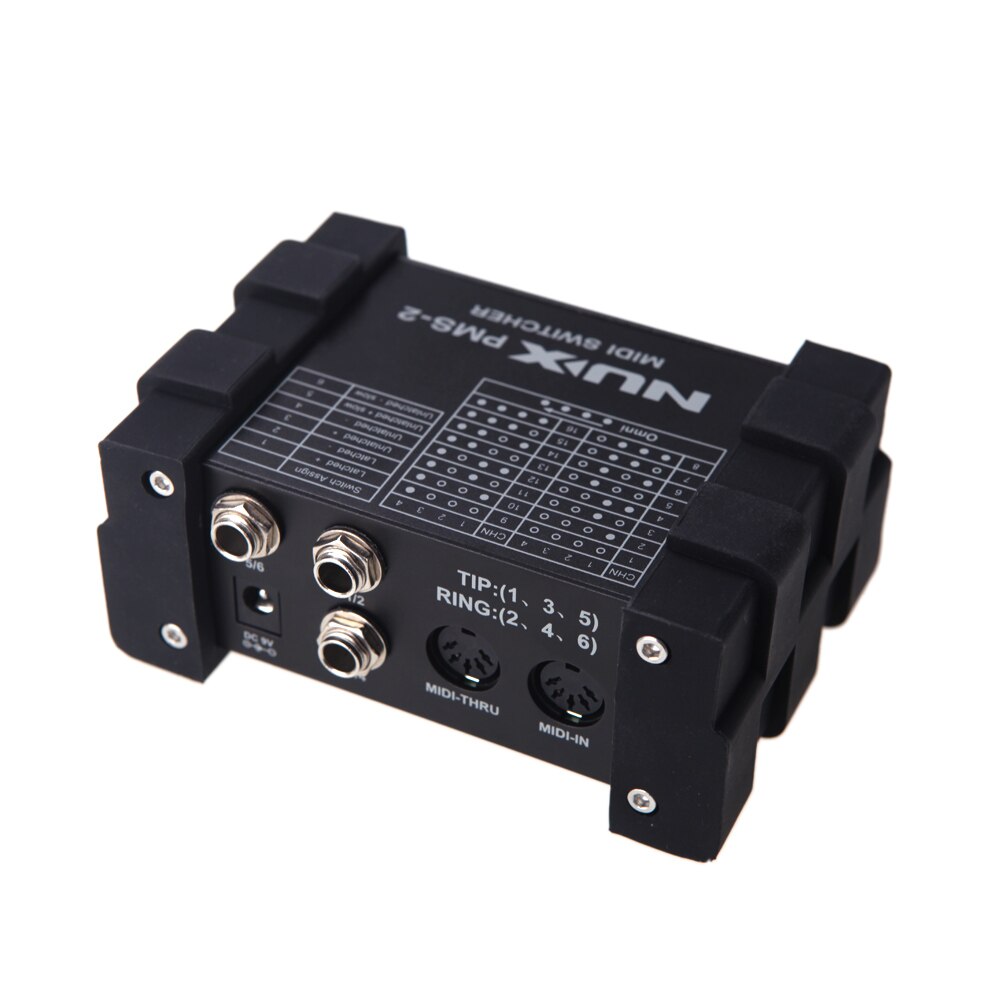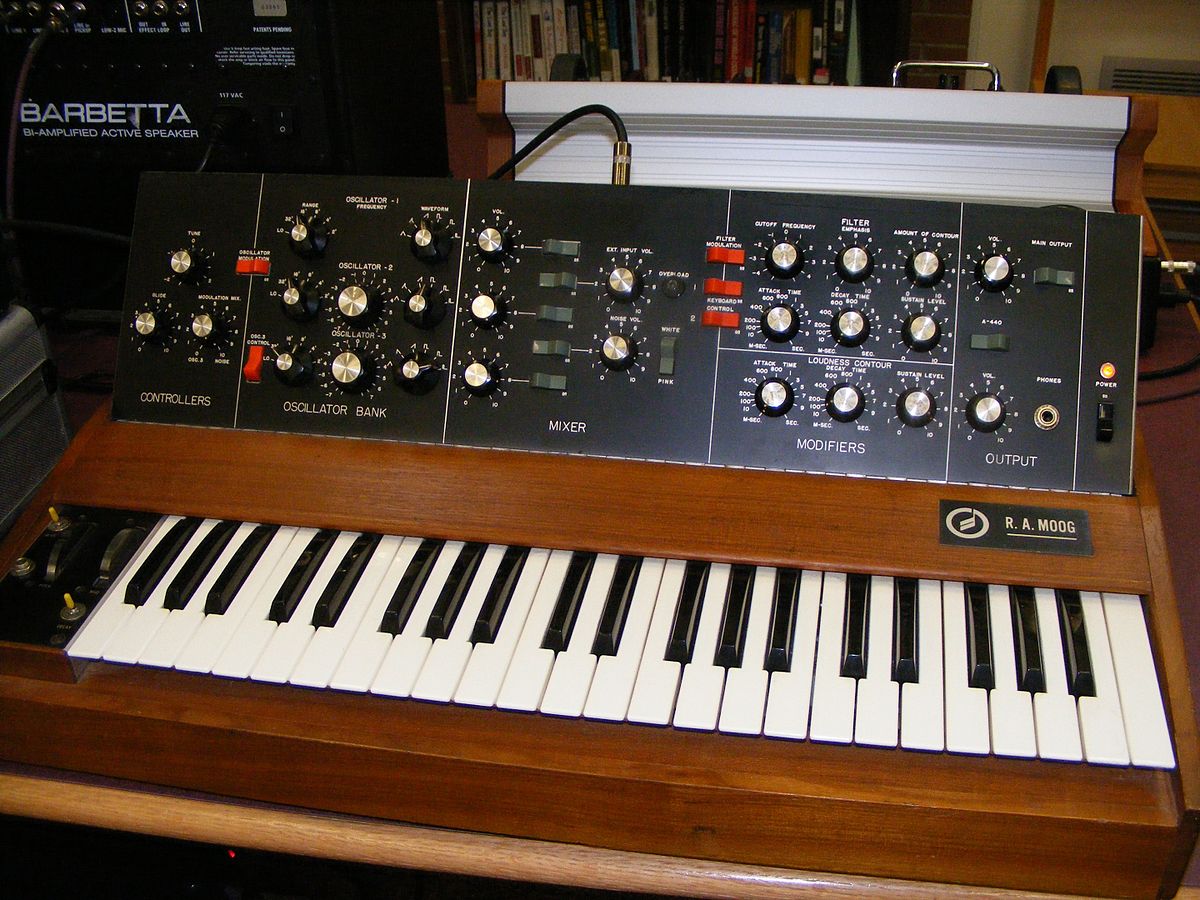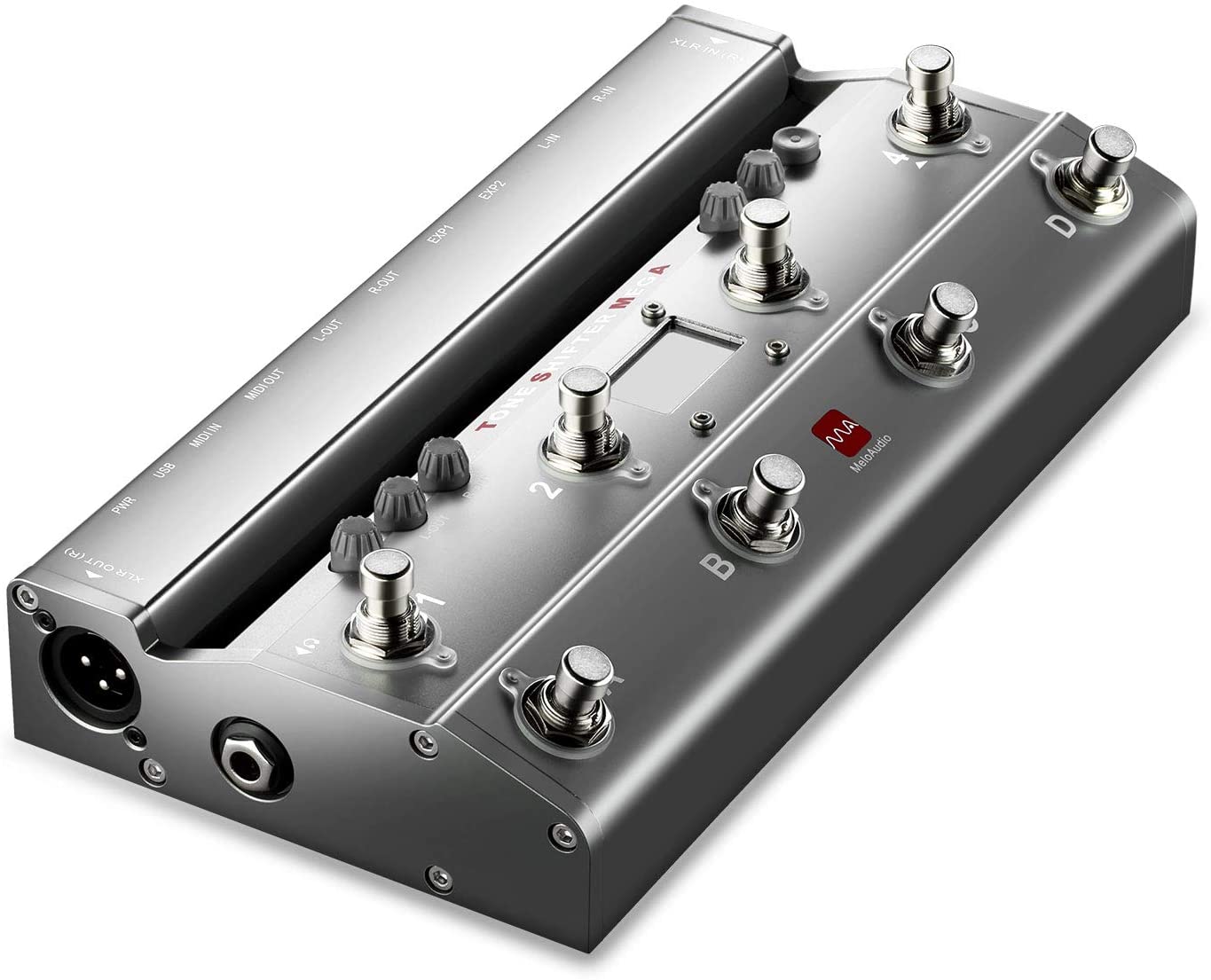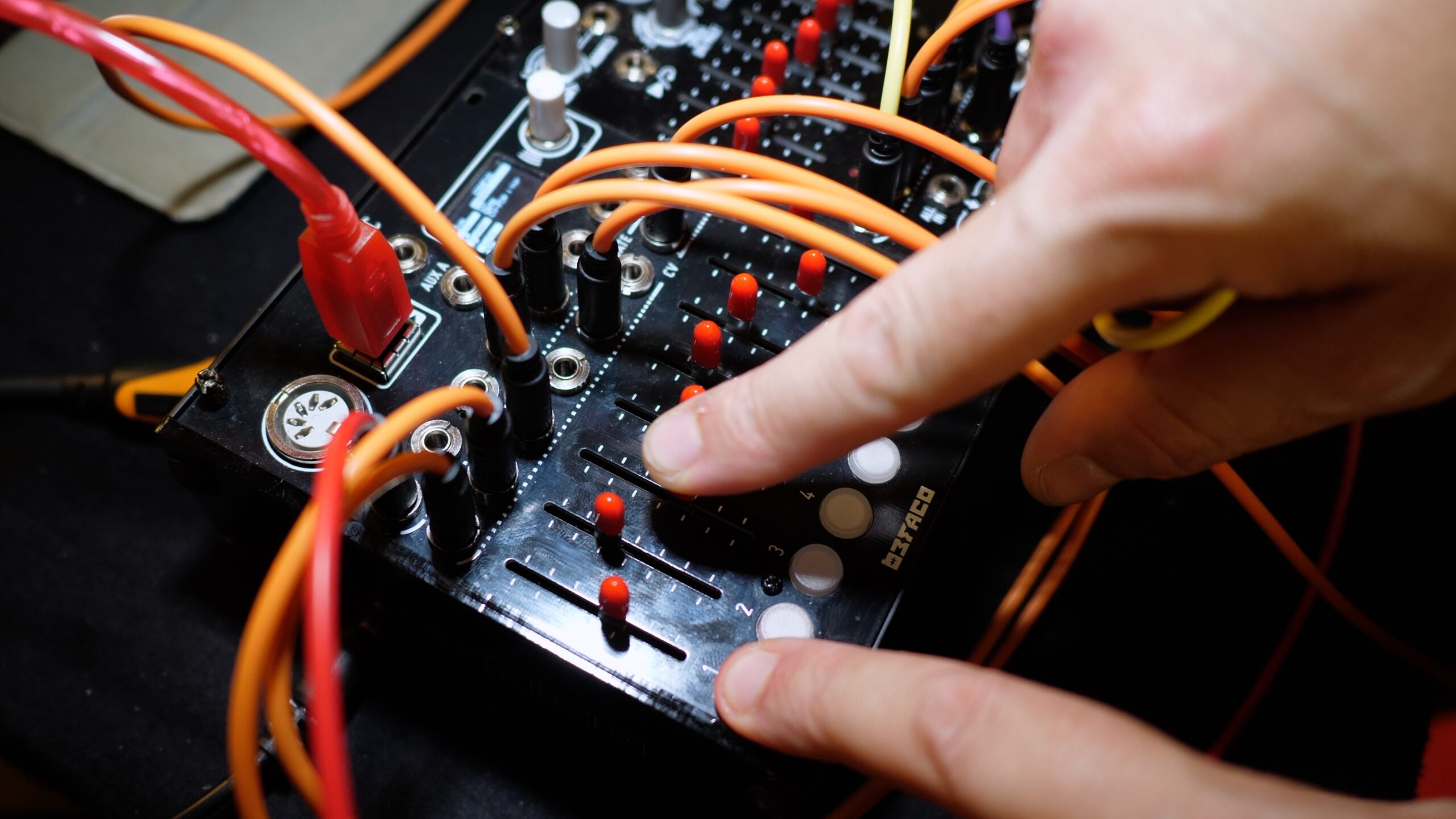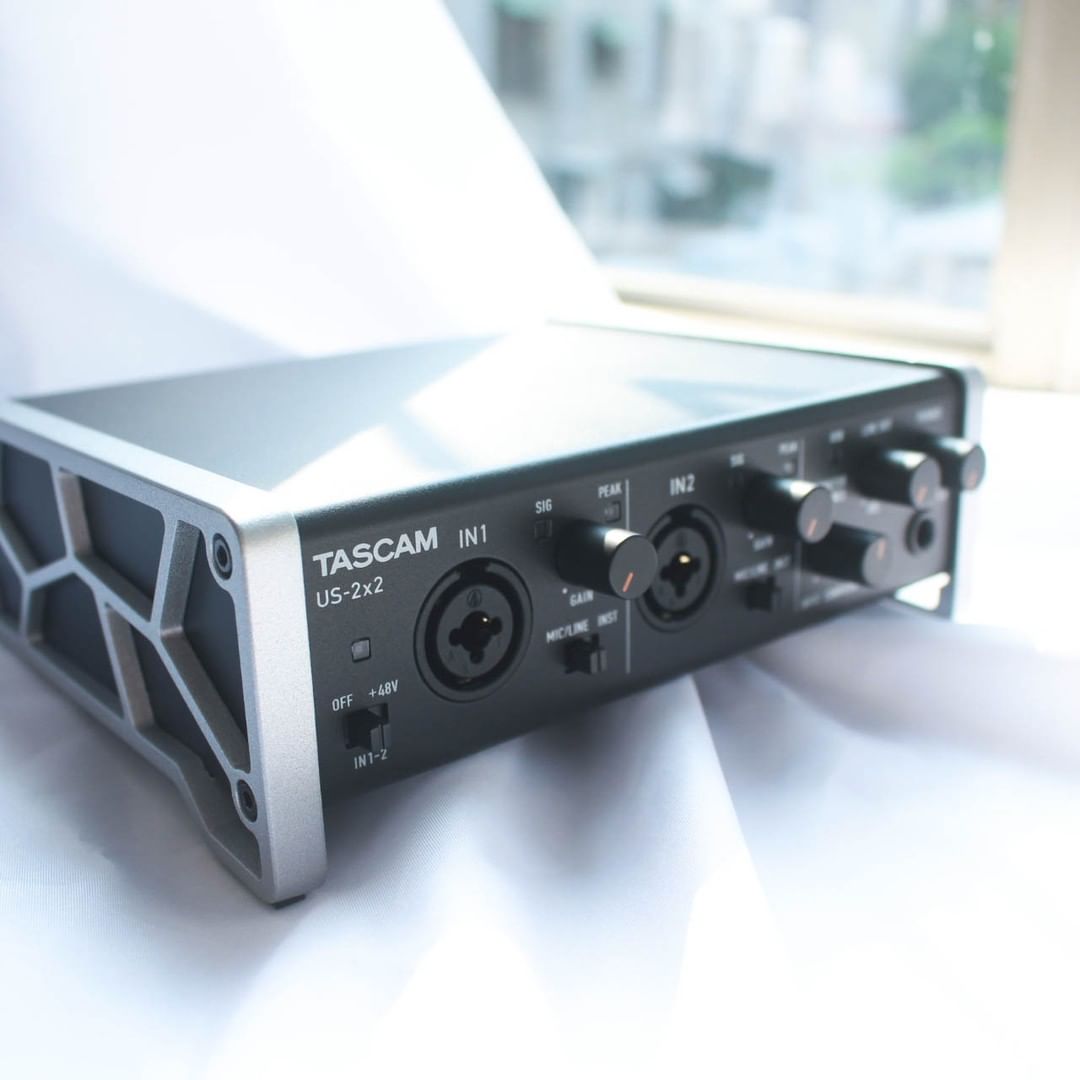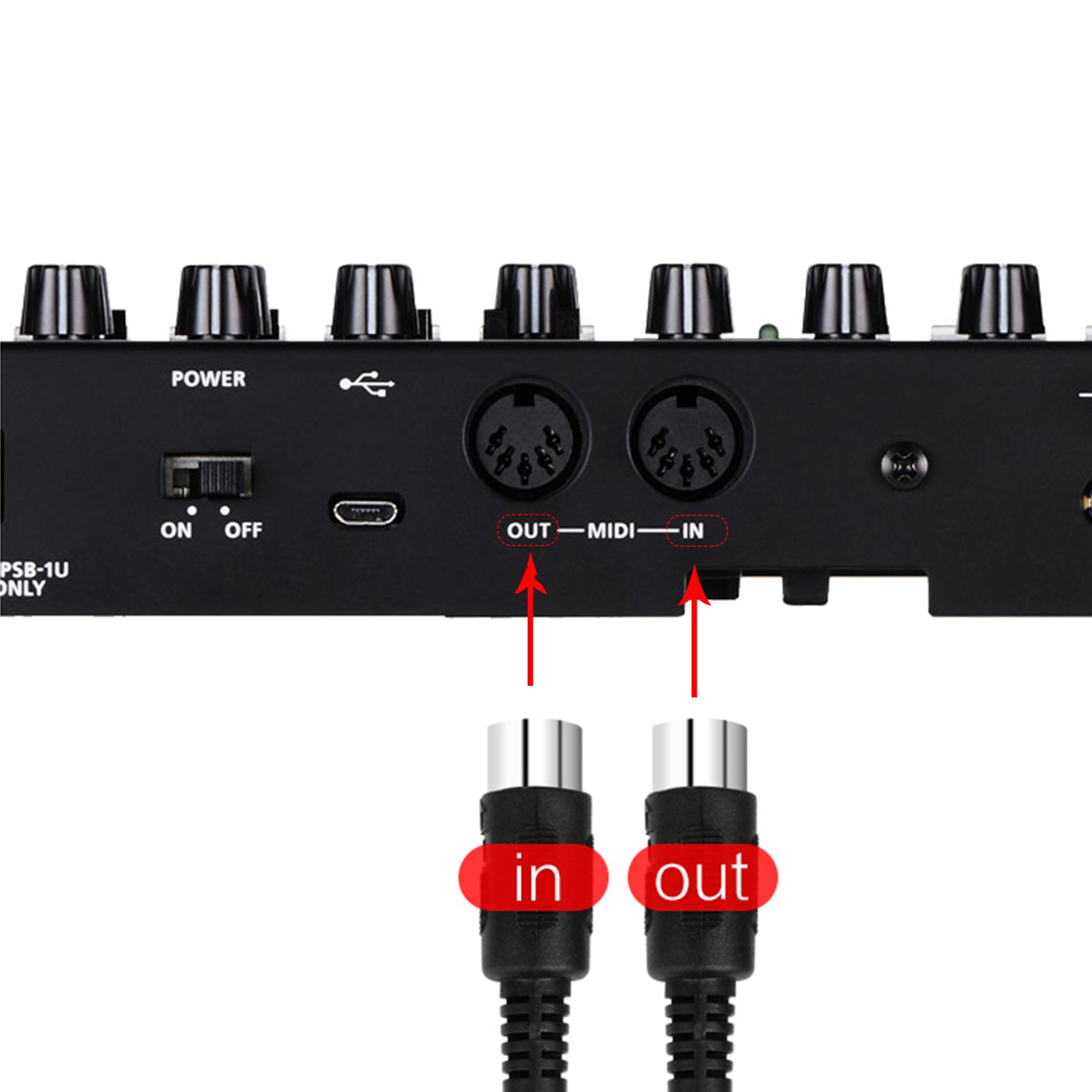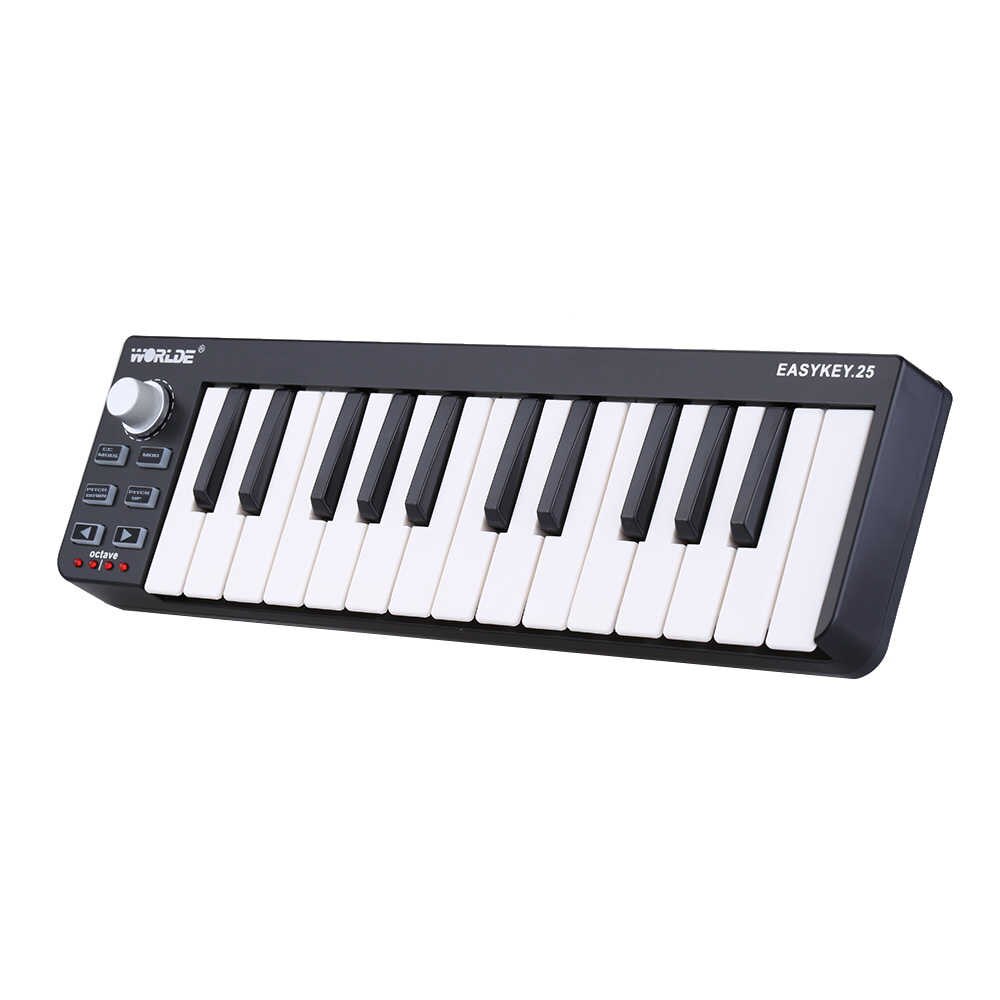If you want to knowwhat is to use device like MIDI? We invite you to read the following article where you can learn which is the most appropriate according to your needs, expand your musical knowledge and understand how they convert with various programs.
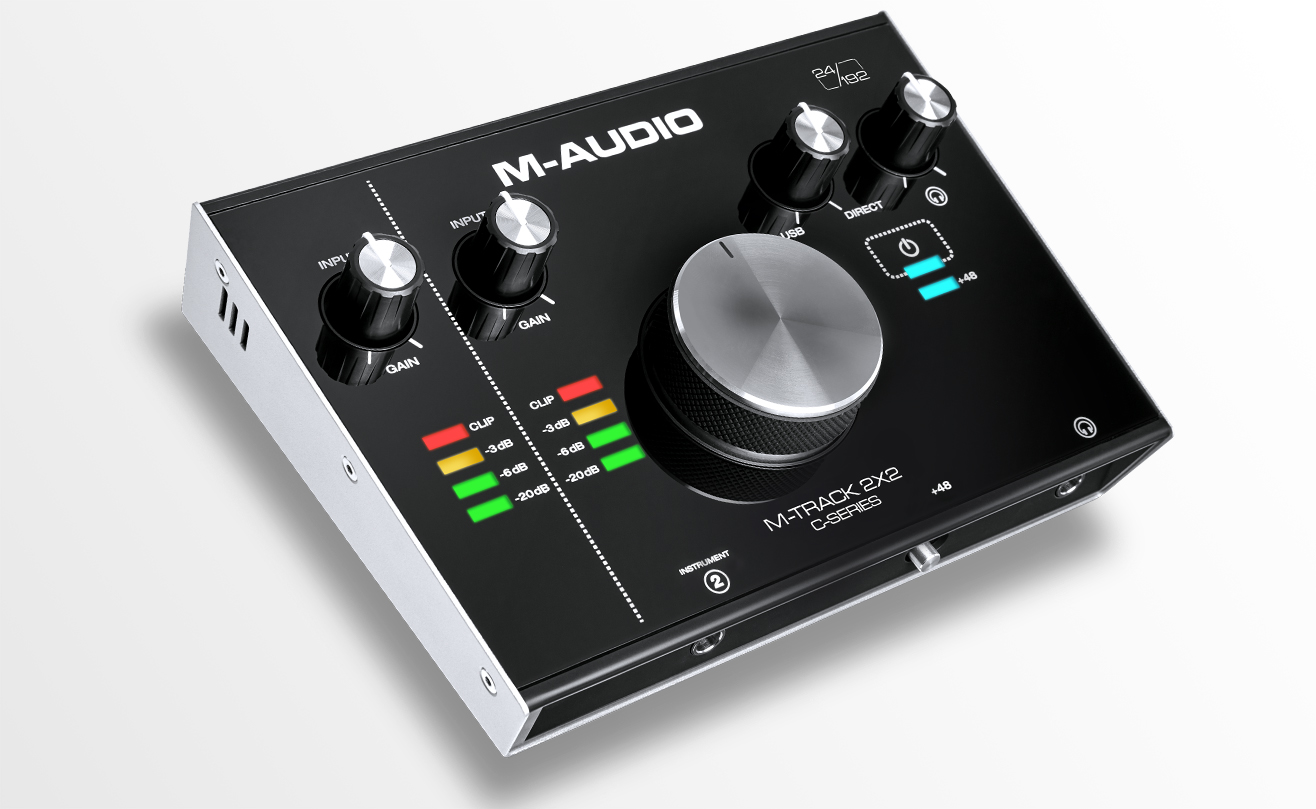
What is using device like MIDI?
The world of music covers different areas. From concerts, musical arrangements, instrument performance, orchestra conducting, party entertainment, musical recordings among many others. However, there is a system that allows you to create music taking into account musical notations.
When we propose that it is to use a device such as MIDI, we are entering a world in which the world of music can count on a tool that simplifies saving resources and a lot of time in recording studios. In this article we will detail everything related to the MIDI world.
It is specifically aimed at musicians who need to make fast and quality musical productions. The MIDI system as such is an interactive technology that uses computer tools in order to produce sounds similar to musical instruments. It uses various computer interfaces and procedures.
Definition
It consists of a musical language system that allows, through computer equipment, musical instruments and various devices, to transmit melodies and musical pieces. In English it means Musical Instrument Digital Interface. The program includes an entire transmission computer system that includes an interface and various electronic connections that allow setting and modifying melodies.
Origin and history
The system was born in the 80s, with the aim of trying to connect and create uniformity in the various musical languages. Its creator was the Japanese Ikutaro Kakehashi, who is also a musician. Ikutaro presented the proposal in order to create a musical language in which communication could be established between various music platforms. The project was offered to developer companies such as Oberheim and Moog among others.
In 1982 the MIDI system came onto the market and began to serve as a platform for many musicians seeking to obtain standard musical communication. The program has been around for many years and although it has been used by many musicians, producers, DJs, it has established itself in the music market as an interesting alternative.
The designers of the synthesizer system Dave Smith and Sequential Circuits, and Chet Wood together with the creator carried out the development of the interface that then allowed direct communication between equipment in differentiating the manufacturers. Dave Smith carried out a series of prototypes that were shaping the MIDI system.
In the early 80's he proposed the system called Audio Engineering Society. The project was established and overseen by companies such as Yamaha, Roland, Korg and Sequence Circuits, who decide to call it MIDI Musical Instrument Digital Interface and introduced to the public by engineer Robert Moog in October 1982 in Keyboard magazine.
In 1983 the final project was presented where Dave Smith offered how to connect the MIDI device to a Prophet 600 analog synthesizer and the Jupiter-6 (from Roland). His final creation is shown in 1983 as a final product. From then on, the development of various MIDI devices and models began.
Dave Smith of the company "Dave Smith Instruments", carried out the development of this program that together with its creator allowed to give the musicians of this century a new tool. Together with its creator Ikutaro Kakehashi they received in 2013 the Grammy award for the best musical technical development.
The MIDI system is well established in the world of music. Every day updates are developed on the devices; that are filling with broader possibilities to anyone who wishes to carry out various musical projects. Its importance today also determines understanding How does the software work? to get the most out of it.
MIDI nomenclature
When we ask ourselves what is it to use devices like MIDI? We are looking to get a response from an independent and different Platform. Despite being an important component as a musical tool, it has its own codes and form of expression that are very easy to learn.
When you use a MIDI instrument you are in the presence of a number of events that allow you to establish various forms of application. For example, the procedures that allow you to create sounds and work with the MIDI program are called «MIDI Event».
These events are made up of various applications and actions that have their own name. Something similar as it exists in the world of computing, where Components of a computer they have names expressed in a unique language. Let's see what those language forms are:
- On and off key. To turn the music device on and off.
- When a key is pressed it is called Pitches.
- Speed is said to be the speed and force with which a key is pressed.
- Tempo, is the response speed of a musical note
- Aftertouch, is the pressure with which the key is held down
- Panning is a term that refers to the relative volume adjustment of a single sound coming from two (or more) speakers.
- Modulations, in music consists of a change of tonality, but in the MIDO system it represents a type of change in the interpretations transmissions.
The sequencers
They are made up of a series of programs or software that allow the musician to be given various tools. This program determines which MID recording can be modified, using basic computer tools such as delete copy and paste. The keyboard can function as a tool to streamline work.
They also provide various commands that allow you to expand your various jobs. The sequencers allow the channel to output a playback with a different sound. It has the advantage that the musical work can be observed on the screen. The program also offers various editing tools.
These allow the musician or composer to observe and control musical notation, random quantizations and transposition through the screen. In addition, the system provides benefits that allow the creation of beats and grooves, local, being simplified, can be included in other tracks.
The sequencers can be controlled so that the audio and video editing are mixed and articulated according to the taste of the musician. The interesting thing about working with these sequencers is that you can even take them in any format to another studio or computer.
They also take various forms and can be received as drum rhythm editors. The user can easily take that loudness and use them in different audio clicks or use them as sequences for other tracks. The ACID Pro sequencer allows you to combine MIDI with pre-recorded audios by joining different parts regardless of time. Which in turn can also be modified.
Connections and connectors
In the beginning, MIDI cables had a 180 degree DIN type connection, today standard connectors are used that allow the 5 volt signal to be carried. The connection configurations carry data only in one direction, so another similar cable is required with an exit to the switch.
However there are some actions such as phantom power that some controllers use the excess pins for direct current transmission. The so-called Optocouplers are those that keep MIDI devices electrically separated from other connectors, similar to the connections of other systems, we recommend seeing Definition of virtual reality, so that you expand the subject.
This allows no ground loops to occur, protecting the equipment from voltage spikes. The cable connections were originally about 15 meters in size in order to limit interference.
Most input connectors do not copy transmission to the output port. It includes a third port called "Thru", which emits a copy of everything that the input port receives. This helps transmit the data to another instrument. However, not all devices come with a "Thru" port, including sound effect units or sound expander models.
Synthesizers and rhythm boxes
The independence in the interface allows certain sequencers to take control without using a central computer. These teams are called DAWs, which represent the best quality if you want independence and quality. Although there are other devices that can do a good musical job.
Yamaha brand synthesizers provide interesting setups. They allow you to load and cut various music setups independently. They have their own sounds and do not depend on an isolated program. One of the most up-to-date in this regard is the Yamaha RS7000 model.
This active sequencing independently controls and sequences each space and event independently, without the need for a program. This device allows you to perform live musical performances and you even have the option of editing the sequence when the track is paused.
The applications of synthesizers and drum machines allow the musician to expand their field of action. In this regard, MIDI technology is used to the maximum. According to experience, musical productions are made the most of.
configurations
Among the configurations for what it is to use a device such as midi, these are established according to the different models, user needs and characteristics of the style to which you want to sequence. The models determine the configuration. This form of setup is called MIDI DAW, which is a relationship between the device and the computer.
The most common and practical structure is called "Home Studios", which allows the user to be given various alternative tools to modify and create various Tracks in the most desired way. The combination of the MIDI keyboard and the DOW allow you to access a myriad of creative tools.
Expansion with VST plug-ins, make the MIDI controller the sound device that the user wants. Knowing this type of configuration helps to have a series of resources that save time and a lot of money. Converting into various instruments such as guitars, pianos, brass, percussion. They allow granting a range of possibilities when making track modifications.
In the market there are various models that can help to sequence and compose various themes with the help of a controller. So that the configuration that the user decides allows to obtain results based on the musical style or what is desired to be done at the level of composition, mix or rhythm.
Importance of Thru
The Trhu is the port that allows providing solutions for the output and distribution of data to other systems. Nowadays most MIDI programs include the Thru arrangement as a basic element. This connection allows for simple divisions without the need to install special devices or connections.
Each MIDI device contains a different Thru setting. But deep down they are simple details that do not alter the specific purpose of the connector. The Thru duplicates the information that comes from MIDI "IN", sends the information to the selected device, remember that the input and output connectors "IN" and "OUT" are directional.
They only serve to function in one direction. The Thru allows to give amplitude in the communication and transmission. Giving the general connection between MIDI and the rest of the devices.
Although there are some MIDI that the Trhu does not contain, whenever possible you should try when acquiring a MIDI system, verify that it is included, otherwise you will have to make an adaptation and connection strap that is a bit tedious and complicated.
Interface
The interface for MIDI is generally determined by the computer. Few are the MIDI devices that can have their own interface. Its main function is to synchronize all the relays that are between the computer and the MIDI. You can see even some computer equipment contains standard MIDI sound card included.
Other computers require a device called D-sub DE-15 which is a kind of game port that connects through a USB cable, Firewall or internet. The wide availability of USB cables has led MIDI technology to introduce various transmission alternatives.
Even MIDI controllers equipped with USB connections are commercially available that can be adapted to computers containing music programs. Although it is very practical, the interface system by connection of USB cables can present Delay problems (sound delay similar to echo).
Some musicians have observed a delay in the tracks of approximately 1/3 of a millisecond. Which represents the journey of sound in one inch. So if an event is sent to two channels at the same time, the larger channel will have a delay of approximately 16 Ms (millisecond).
This problem led to updates to the interface through multiple inputs. Despite not being considered a time that can affect the track in its entirety, it does represent an error that with long songs can be noticed. The interfaces seek in some way to implement a purely analog sound. This also helps to sequence and arrange more easily.
The technical differences between an analog and digitized sound are abysmal. Auditively they are not very perceptible, but in matters of analysis and development of sounds for their manipulation. Analog sound handling is more practical.
The interface interprets the sound reception in a way that can be carried in a simpler way. The program acts as a setup center so that versatility can exist. The practicality of MIDI piano greatly helps to develop ideas that when reaching the computer the interface provides the best determination in loudness and images.
Differentiate MIDI
One of the characteristics of the MIDI system is that it has the ability to transmit audio signals, Del MIDI transmits only data, instructions that equipment needs to establish communication. The system works through sequencers that record the information and send it through MIDI devices.
Therefore they do not send radio signals and when viewed on the screen appear as rectangular sequences. The configuration allows not to add it in a waveform as it is done with the audio tracks, which determines the great difference with the traditional sound forms.
MIDI data is compact. But this does not prevent that they cannot be edited, of course they are manageable, their management and control are very simple. Also MIDI notes are not really audio clips. The information you send to the synthesizer is a sound that can be used at any time.
The ease of the system allows you to hear a new sound during playback. Recordings can be edited independently of sound, which doesn't mean you can't record a new track to test another sound. In short, the versatility in sound issues that MIDI presents makes it different from the traditional forms of sound emission.
MIDI inputs and outputs
They are called "IN" and "OUT", they allow data to be transmitted to selected devices that can be processed and modified according to the needs of the user, in this case musician or composer. IN the case of the MIDI “OUT” port, it allows transmitting output from a sequencers or synthesizer to another device or source.
This sequence allows data to be transmitted to other devices that must reach an input called MIDI "IN". This receives the information or can also pair with the so-called Thru. However, it is always necessary to have these devices so as not to create so much dependency on transmission.
Regarding the MIDI input «IN», this connection is in charge of receiving the data that comes from another source. Thanks to this input, the sequencer feeds on the information and can take it to the computer interface in order to be processed.
Later, the so-called MIDI Thru that we saw earlier comes into play and distributes the data to the different connected equipment. Giving amplitude and allowing the process to be carried out in a stable way.
Benefits of the MIDI system
At first we asked ourselves, what is it to use a device like MIDI? and at the moment we really think for what it is necessary. In the world of music the MIDI system has taken quite a lot of ground. Since recorded music began, it has undergone a huge evolutionary change.
The field of music is one of those with more applications and variations than any other profession or specialty. When the MIDI system entered the scene, recordings were at a point where technology was beginning to make a major impact on the world of music.
This has allowed many musicians, music producers and composers, to form broader criteria regarding how to appreciate and value music from a commercial and artistic point of view.
The most important case was presented with the presence of various synthesizers that dominated the music market during the 80s. A large number of bands and artists observed in the MIDI system, a way to expand their repertoire and musical creativity.
The synthesizers reduced space and time in some concerts, although it hurt some musicians which uses that were unemployed. But nevertheless it worked in such a way that it was necessary to record songs with IDI devices in mind.
By the 2000s the MIDI loudness began to decrease with respect to bands and orchestras. The original loudness of the instruments could not be replaced by any electronic device. This criterion took a lot of force and the synthesizers went into the background. The musicians and even the public did not give much credit to the sequential recordings.
It is then appreciated that the tool allows giving different elements to music producers to give smell and contrast to the desired styles. Natural sounds have an exquisite audience that was looking for real and original sounds. So the sequencers and synthesizers continued to be used in many bands but as support elements, they were no longer the protagonists.
However, they are vital in recording studios to feed certain musical tracks and audios. The technological growth of current music is thanks to MIDI update systems.
Many artists and current DJs complement their activities by adapting sound formats with MIDI devices. That is why today it is easy to determine what to use devices such as MIDI according to the characteristics of the musician or band.
Impact on the music industry
This system in its beginning was limited solely and exclusively to musicians and music producers who wanted to make use of electronic instruments in the production of music and even in concerts. Especially in the Pop and Rock genre.
The system made it possible to create connections to develop sounds similar to various instruments that could be processed with programs on computers. This way of producing music was highly criticized. However, the innovation and practicality attracted the attention of many musicians.
They immediately promoted its use and the sales of MIDI devices became widespread. Throughout the world during the 90's, various models of MIDIs, sequencers and synthesizers could be seen in electronic stores and some musical instruments.
An important relationship is that MIDIs came onto the market in parallel with personal computers. The coincidence allowed them to establish computer and musical work relationships.
Synthesizers allow you to store programmed sounds that could be used later simply by pressing a button. An important novelty in the world of music that allowed many bands to develop interesting musical themes.
The limitations that musicals had were framed in electric guitars and electric pianos. Some felt enclosed and did not have the amplitude to generate new sounds. Likewise, it reduced production cost when producing musical themes, since a MIDI synthesizer could perform the function of several musicians.
The synthesizer with an integrated keyboard could do great musical work without having instruments. However, the musicians themselves did not feel displaced, rather they had an alternative where they included large amounts of sequences and tracks using the Home recording tool.
Muscle bands can work with less instrument load when they can carry your entire band in one box. However l musical orthodoxy has taken space again and the approach of sequential sounds is not to the liking of many music lovers. Those who prefer to listen to the current sounds of the instruments.
These details presented will allow you to expand your knowledge of MIDI.
